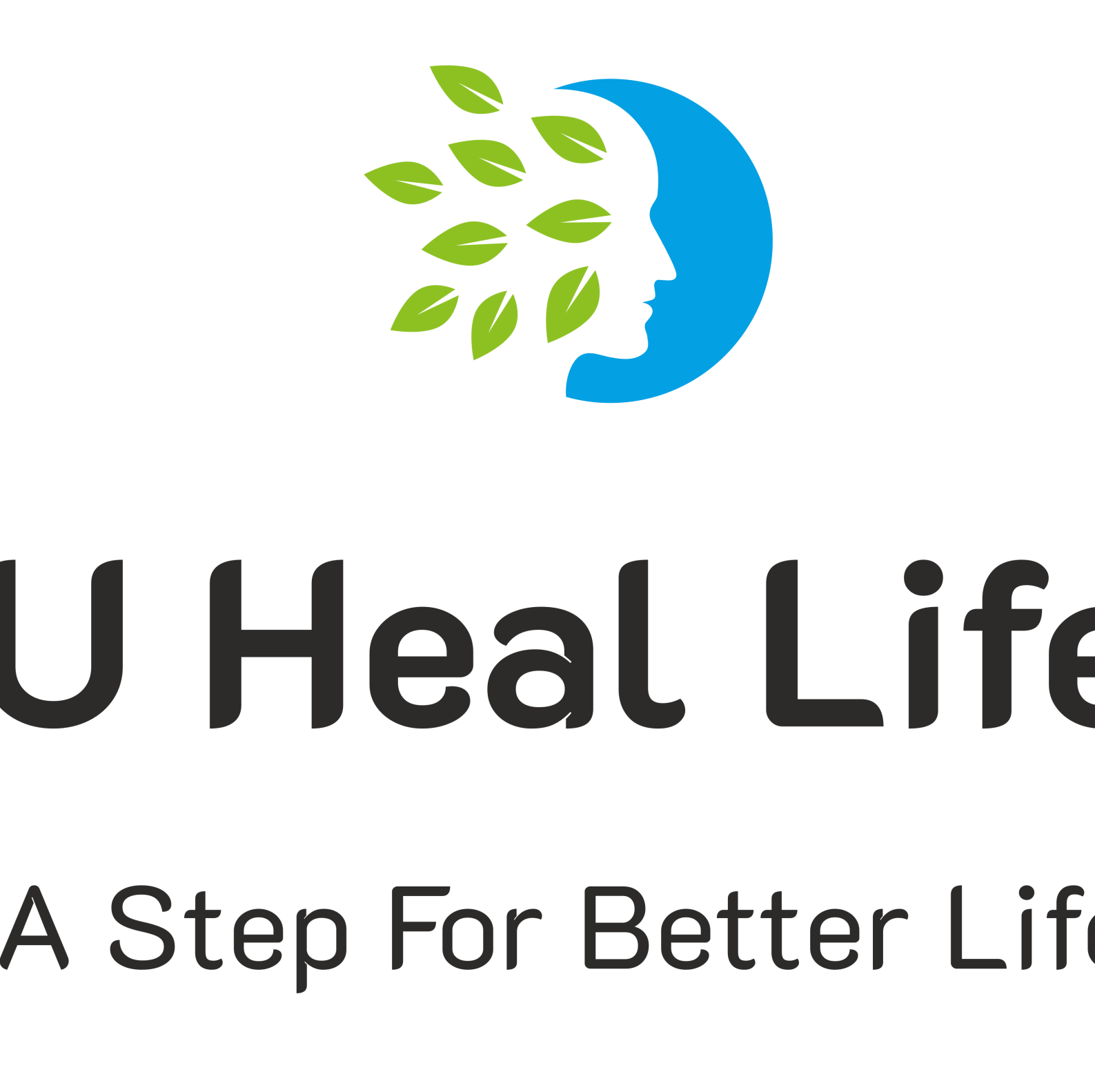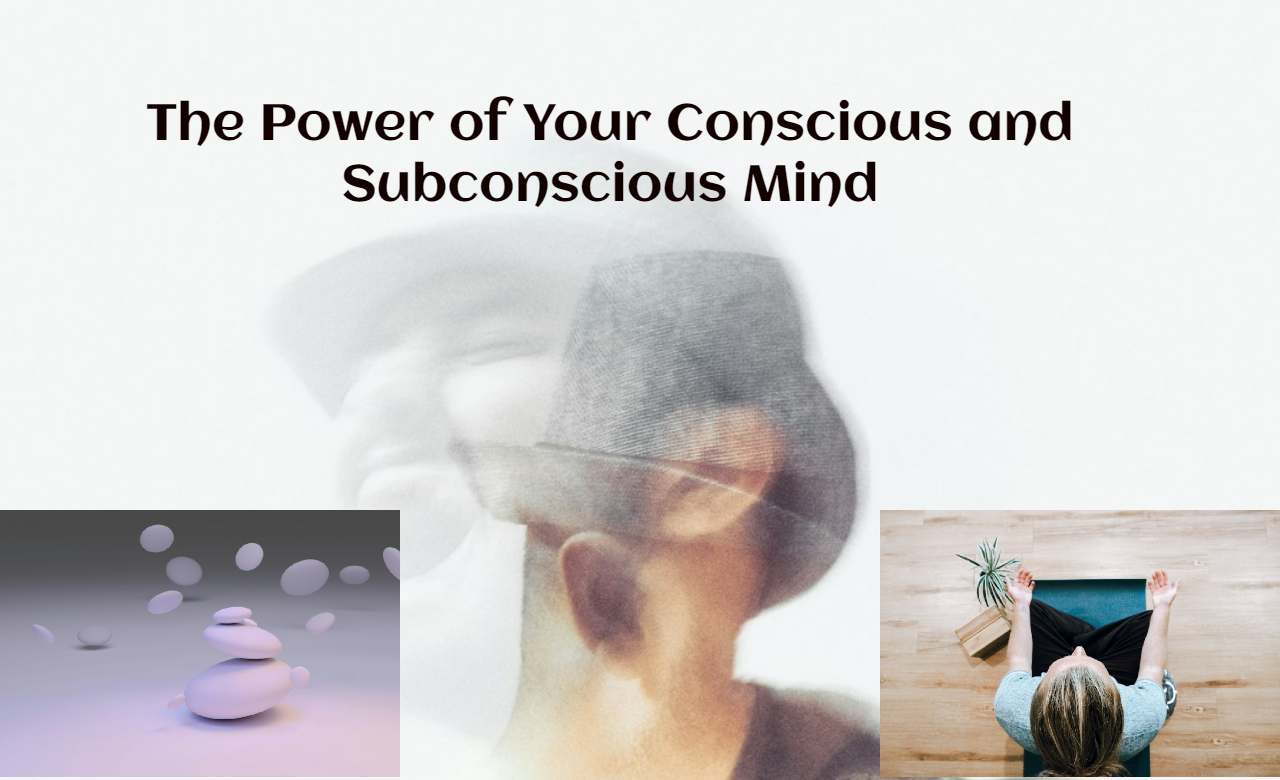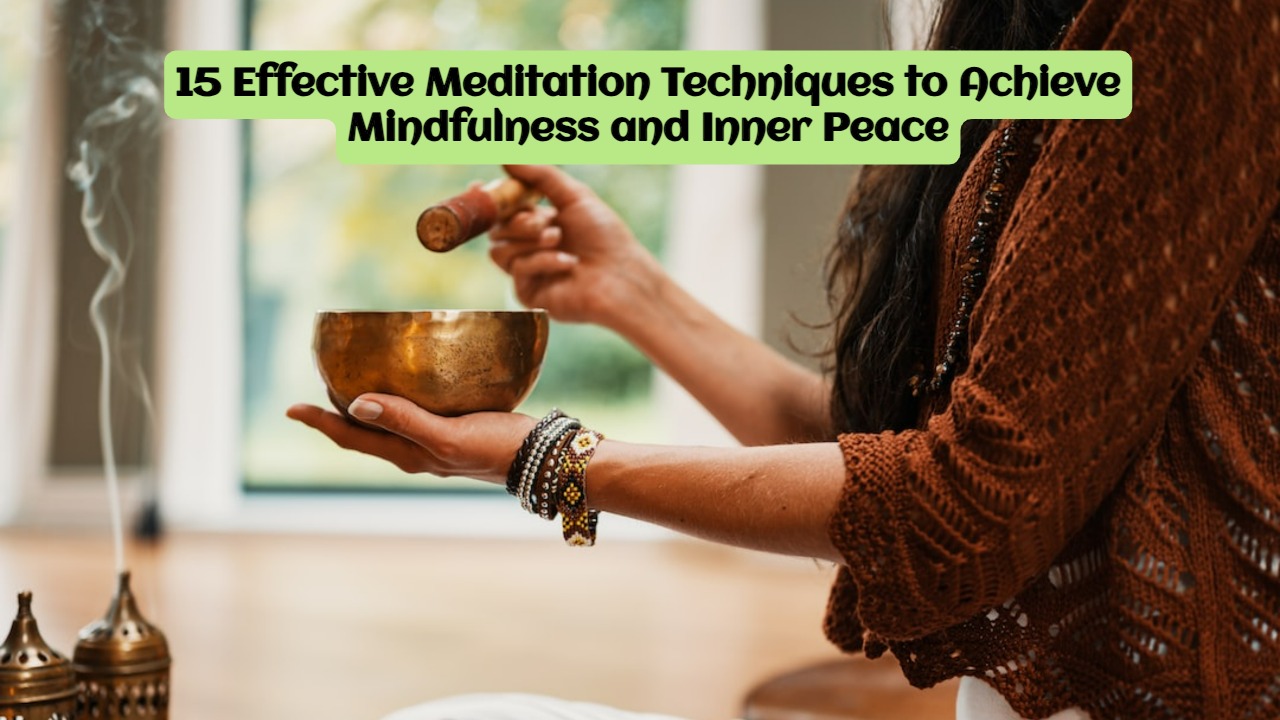In today’s fast-paced world, it’s easy to feel overwhelmed, stressed, and disconnected from our bodies and minds. With constant demands from work, social obligations, and digital distractions, the need to take a break and recharge has never been more important. While traditional vacations often provide a temporary escape, many people are now turning to meditation and health retreats for a more meaningful and transformative experience. These retreats offer a unique opportunity to focus on personal well-being, reduce stress, and cultivate mindfulness.
If you’re considering your next getaway, here are several compelling reasons why you should consider a meditation and health retreat for your next vacation.
1. Reconnect with Yourself
One of the primary benefits of a meditation and health retreat is the opportunity to reconnect with yourself on a deeper level. In our busy lives, we rarely take time to pause and reflect. A retreat offers a peaceful, distraction-free environment where you can slow down, quiet your mind, and focus inward. Through meditation, yoga, and mindfulness practices, you’ll have the chance to explore your thoughts, emotions, and physical sensations, fostering a deeper sense of self-awareness.
Many participants of meditation retreats report experiencing a greater sense of clarity, emotional balance, and inner peace. By dedicating time to self-reflection, you can gain valuable insights into your life, personal goals, and well-being.
2. Reduce Stress and Anxiety
Chronic stress and anxiety are common issues in modern society, often stemming from a fast-paced lifestyle, work pressures, and constant connectivity to technology. A meditation and health retreat can provide an ideal solution to reduce stress and anxiety by immersing yourself in relaxation practices and mindfulness.
Scientific studies have shown that meditation can significantly lower cortisol levels, the hormone responsible for stress. Through daily meditation sessions, mindful breathing exercises, and relaxation techniques, you can retrain your brain to respond to stressful situations more calmly. The tranquil surroundings of most retreats, often located in nature, further enhance the stress-reduction process by promoting relaxation and serenity.
3. Improve Mental Clarity and Focus
A meditation and health retreat can dramatically improve your mental clarity and focus. Through the practice of meditation, you can learn how to quiet the mind and enhance concentration. This can be particularly helpful if you find yourself constantly distracted or struggling with a scattered mind.
Mindfulness meditation, often practiced at these retreats, encourages you to stay present in the moment and fully engage with your thoughts and surroundings. This heightened awareness can lead to better decision-making, improved creativity, and increased productivity in your personal and professional life. The mental clarity gained from meditation practices can continue long after the retreat, helping you maintain focus and balance in your everyday routine.
4. Promote Physical Health and Well-being
In addition to its mental and emotional benefits, a meditation and health retreat often includes practices that promote physical health. Many retreats incorporate yoga, tai chi, or other forms of gentle exercise that help improve flexibility, strength, and balance. These activities are often combined with healthy, nourishing meals designed to detoxify and rejuvenate the body.
Furthermore, meditation has been linked to several physical health benefits, including lowered blood pressure, improved heart health, and enhanced immune function. A retreat can help reset your body, leaving you feeling physically refreshed and energized.
5. Detox from Technology and Daily Life
We live in a world where we’re constantly bombarded by notifications, emails, and social media updates. While technology has made life more convenient, it also contributes to stress and overstimulation. A meditation and health retreat offers a much-needed break from the digital noise, giving you the chance to unplug and experience the present moment fully.
Most retreats encourage or require participants to disconnect from their devices, creating a tech-free zone that promotes mindfulness and relaxation. By taking a break from technology, you can detox from the pressures of daily life and reconnect with nature, yourself, and the people around you.
6. Learn Lifelong Mindfulness Skills
One of the most valuable aspects of attending a meditation and health retreat is the opportunity to learn mindfulness techniques that you can apply long after the retreat is over. These retreats are led by experienced instructors who teach you practical tools to manage stress, cultivate inner peace, and maintain a balanced mind.
You’ll leave the retreat with a toolkit of techniques, such as meditation practices, breathing exercises, and mindfulness strategies, that you can integrate into your daily routine. These skills will help you maintain a sense of calm and focus, even when life becomes hectic.
7. Experience Nature and Peaceful Surroundings
Many meditation and health retreats are located in serene, natural settings such as mountains, forests, or coastal areas. The peaceful surroundings provide a perfect backdrop for relaxation and self-reflection. Nature has a healing effect on the body and mind, and spending time in these environments can boost your mood, reduce stress, and enhance your overall sense of well-being.
Whether you’re walking through lush gardens, meditating by the ocean, or practicing yoga in the mountains, the natural beauty of these retreats helps create a sense of tranquility and renewal.
8. Meet Like-Minded Individuals
Attending a meditation and health retreat gives you the chance to meet like-minded individuals who are also seeking personal growth and well-being. Retreats often foster a sense of community, allowing you to connect with others on a similar journey of self-discovery and healing.
The supportive environment encourages meaningful conversations and connections, and many people leave retreats with lifelong friendships. Sharing this experience with others can be uplifting and motivating as you work together to improve your health and well-being.
9. Rest and Recharge for Long-Term Well-Being
Unlike a traditional vacation, which may leave you feeling temporarily recharged but exhausted upon returning, a meditation and health retreat focuses on long-term well-being. The retreat allows you to truly rest and recharge by nourishing your body and mind, providing benefits that last well beyond the duration of your stay.
Participants often return home feeling more balanced, focused, and equipped to handle the demands of everyday life. A meditation retreat can serve as a reset button, helping you regain control over your mental, emotional, and physical health.
Conclusion: Invest in Your Well-Being with a Meditation and Health Retreat
If you’re searching for a vacation that goes beyond relaxation and offers deeper healing, growth, and personal transformation, a meditation and health retreat might be the perfect choice. With benefits ranging from reduced stress and improved mental clarity to physical rejuvenation and a deeper sense of self-awareness, these retreats provide an immersive experience that can have a lasting impact on your life.
By investing in your well-being and taking time to reconnect with yourself, you’ll return from the retreat feeling renewed, empowered, and ready to face life’s challenges with a greater sense of peace and balance. Consider making a meditation and health retreat your next vacation to enjoy both immediate relaxation and long-term wellness.







